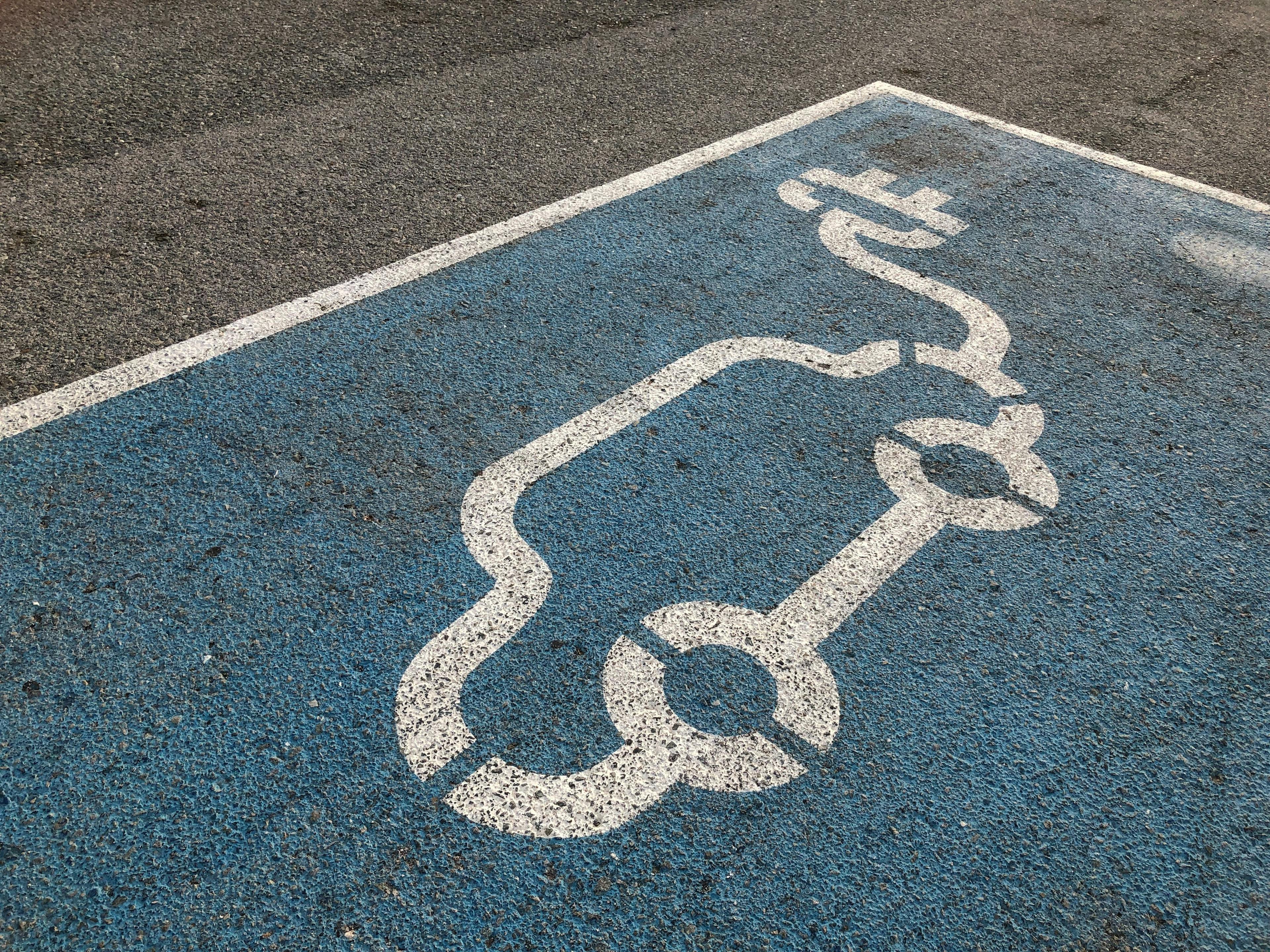ICT in 2024: a sector increasingly disconnected from climate reality
Summary
Carbon4 Finance has assessed the transition risk of 82 digital companies, using its bottom-up CIA methodology, to establish a ranking of the sector's leading players in terms of low-carbon transition. Based on these results, Carbon4 Finance also proposes recommendations for the digital sector to contribute to a world aligned with the Paris Agreement. This is Carbon4 Finance's second study of the sector.
The information and communication technology (ICT) sector is one of the world's leading economic sectors. It accounts for almost 32% of the MSCI World's market capitalization, making it the index's leading sector. Furthermore, the sector is experiencing unbridled growth dynamics: since 2010, there has been a significant increase in the number of users, the number of devices, and the overall mass of these devices. This is driving growth in network and data center capacity to support Internet access. As a result, data center energy consumption has risen by between 20% and 70% per year between 2015 and 2022, reaching 450 TWh in 2022. Overall, the digital sector's carbon footprint represents around 3.4% of global greenhouse gas (GHG) emissions in 2023 and continues to grow.
GHG emissions attributed to the digital sector stem from the physical infrastructure on which it relies, which can be divided into three groups: data centers, networks, and user devices. Emissions are linked to the energy required to build the infrastructure (extracting raw materials, industrial processes, and delivery to consumers), as well as its use phase (powering devices, data centers and networks). Reducing emissions means producing and using this infrastructure more sparingly. Technical progress and energy efficiency are not enough to decarbonize the sector, as they are offset by the multiplication of uses and the increase in data flow (rebound effect). It is therefore essential to rethink uses through digital sobriety.
The main transition risks identified for this sector are regulatory constraints encouraging digital sobriety (e.g.: extending the legal warranty period, limiting data flows, tax on online advertising...), supply competition with other sectors on rare metals, as well as for low-carbon electricity. Most players focus solely on the latter risk, ignoring the first two. Finally, while several companies claim that their business is not threatened because their products do not emit GHGs during the use phase, their strategies often result in unambitious or irrelevant low-carbon investments.
The diversity of the digital industry's products makes it difficult to calculate its carbon footprint. In addition, companies publish little or no data on the volumes of products manufactured (or the energy consumption of these products). This prevents a comparison of carbon performance based on physical intensity (in tons of CO2 equivalent per ton of product manufactured or per hour of use, for example).
The CIA 2024 campaign reveals slightly scattered carbon performance scores due to the systemic risk of the ICT sector: companies are interdependent. Indeed, a social network (media sector) is accessible via an application (B2C software sector) that runs on a smartphone (computers & peripherals sector) and requires an internet connection available via a subscription to a telecoms services company (telecoms services sector). Consequently, if one of these players is affected by climate change, all the other players in the value chain will also be impacted. In other words, all players use the digital infrastructure and are therefore highly exposed to the constraints that apply to this infrastructure.
While most of the companies analyzed declare their Scope 1 and 2 emissions, Scope 3 emissions are sometimes missing or incomplete (particularly for service companies), even though they account for around 90% of the sector's emissions. As a result, emissions reduction targets are often focused on scopes 1 and 2 alone. What's more, many of these targets refer to market-based scope 2 emissions (i.e. mostly achieved through the purchase of guarantees of origin) or rely on carbon offsetting, without any real operational reduction measures.













